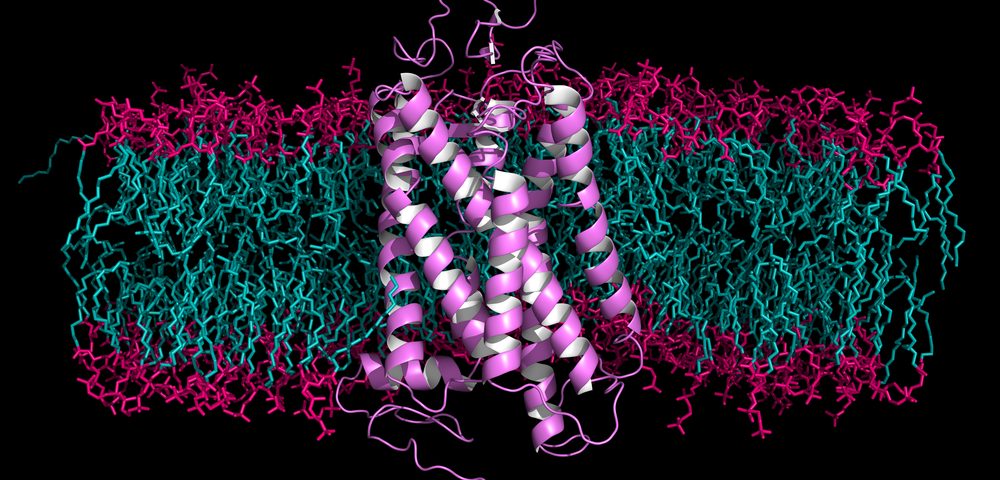Spanish researchers studying the 3-D structure of the androgen receptor have been able to explain how more than 40 mutations in this protein can lead to prostate cancer, or to disorders like androgen insensitivity syndromes.
The findings also revealed areas in the receptor that are critical for its function and that could be targeted to prevent androgen signaling in prostate cancer, through a mechanism than may surpass current anti-androgen therapies.
The study, “Structure of the homodimeric androgen receptor ligand-binding domain,” appeared in Nature Communications.
Targeting the androgen receptor or its signaling pathway has been a mainstay in the treatment of prostate cancer. But patients often develop mutations that render them resistant to such therapies.
The new findings may help researchers design drugs that prevent activation of the androgen receptor pathway through distinct mechanisms, which may help patients who no longer respond to current anti-androgen therapies.
For the first time, the research team at Barcelona’s Sant Pau Biomedical Research Institute studied the 3-D structure of the homodimeric androgen receptor ligand-binding domain.
Given the receptor’s importance, “the resolution of its three-dimensional structure is an essential key to diagnose and predict prostate cancer, as well as monitoring patient’s resistance to medicine,” co-lead investigator Eva Estébanez Perpiñá said in a press release.
The team was able to identify direct contacts among elements of the receptor that are critical for its normal function and that seem to be affected during disease, leading to an overactivation of the androgen signaling pathway.
“These interconnections, identified in the dimeric form of the receptor, suggest a complexity of activity which is much bigger than previously known, and with a direct impact on drug design that can remove secondary effects caused by currently used drugs,” said Pablo Fuentes Prior, who co-supervised the work with Perpiñá.
The researchers say their findings — in collaboration with pharmaceutical firms — may lead to new drugs that target these interactions, rather than compete with the androgen hormone to bind to the receptor, as current therapies usually do.

